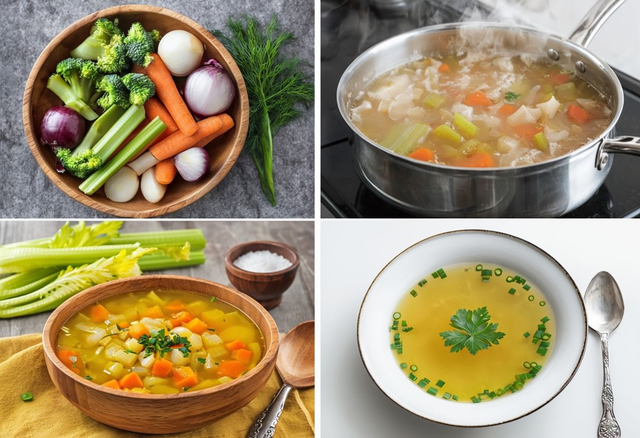
Using Eggshells in the Garden: 6 Brilliant Ways
Paula
- 0
- 61
It’s no secret that eggs, rich in protein, vitamins, and minerals, are one of the most nutritious foods on the planet. Worldwide, the average person consumes about 150 to 200 eggs per year.
The shell of a chicken egg is composed of approximately 96% calcium carbonate (CaCO3) crystals, which are bound together by proteins. Common commercial methods for disposing of eggshells include using them as fertilizer or as a source of calcium in pet food, but the average consumer usually tossed them in the kitchen trash. If you’re one of these people, read on to discover six creative uses for eggshells that will benefit your garden.
6 Reasons to Use Your Eggshells in Your Garden
1. Fertilizers
Eggshells are a great way to add calcium to your compost. The shells decompose very quickly. Don’t even bother sterilizing or cleaning them. Simply toss your shells onto your waste pile in a corner of the garden or in a barrel and turn it regularly.
Alternatively, you can incorporate crumbled eggshell directly into the bottom of your planting holes in spring.
During the winter months, spread your shells over the plot where you will be planting in the spring. Once the soil warms up, you can till your land to bury the shells in the soil. If you have unfavorable thoughts about having eggshells on the ground all winter, you can also clean them and store them until planting season.
Although calcium is considered a secondary nutrient for plants, your garden will certainly appreciate the added minerals, especially if you grow tomatoes or peppers, as these plants are most easily affected by calcium deficiency.
2. Deterrent
If you have slug and snail problems in your garden, try sprinkling coarsely crumbled eggshells around plants where these slimy little insects like to eat. The sharp edges of the shells deter snails and slugs from abrading the sensitive foot of any terrestrial mollusks that try to cross the barrier. Most snails and slugs will quickly leave your garden in search of easier pickings.
3. Seedling pots

Because eggshells biodegrade quickly when added to the soil in the garden, they can also serve as perfect pots for starting your seeds.
Clean the inside of the shells (boiling water works well for this) and drill a small drainage hole in the bottom of each empty shell.
You can then place them in a cardboard egg carton, fill each shell with moist potting soil, and add your seeds.
Once the seedlings are grown in their “pots,” you can transplant them with the eggshell directly into larger pots or into the garden.
4. Feed the birds
Before and after laying eggs, females need more calcium in their diet.
Sterilize your shells in the oven at 250°F/120°C for about ten minutes so that the shells are dry, but not brown inside.
Then crush your shells well and place them outside (in a feeder or even on the ground) during the spring and summer.
You can also mix crushed eggshells with a bird seed mix.
So your healthy birds might just thank you by eating the pests that could damage your garden.
5. Repels deer
If you have deer visiting your garden and they choose your plantings as a buffet every night, scatter some shells around the plants they chew the most.
Deer hate the smell of albumen and tend to stay away from an area that smells like raw eggs.
Just be careful using this method as the smell can actually attract rodents that like to eat eggs.
6. Aesthetic value
Finely ground eggshells can also look quite pretty.
If you have a large family or simply eat a lot of eggs, boil your shells to sterilize them, crumble them, then place them in a large glass jar for storage.
Once you have collected enough shell debris, sprinkle it between your plants.
Not only will eggshells help control pests and possibly add calcium to the soil, but the white color can also be a pretty addition to your garden.
Add flaked oyster shells for an even more interesting appearance with all the same health benefits from your garden.
With these six tips, you can now enjoy the health benefits of your vegetables thanks to eggshells.

